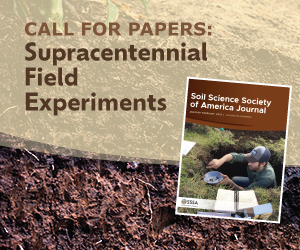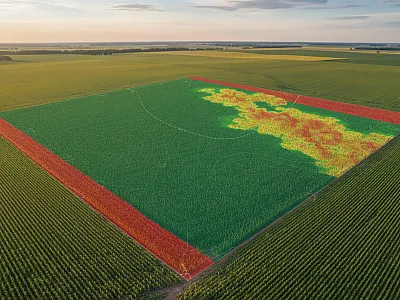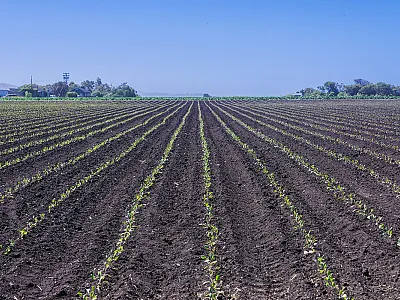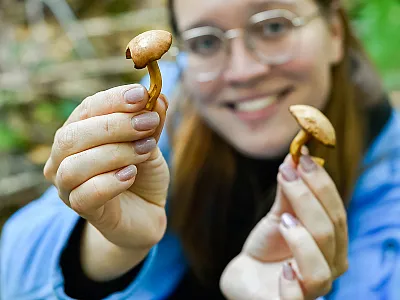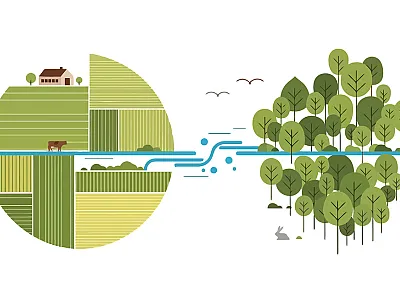Two sides to the cover crop coin
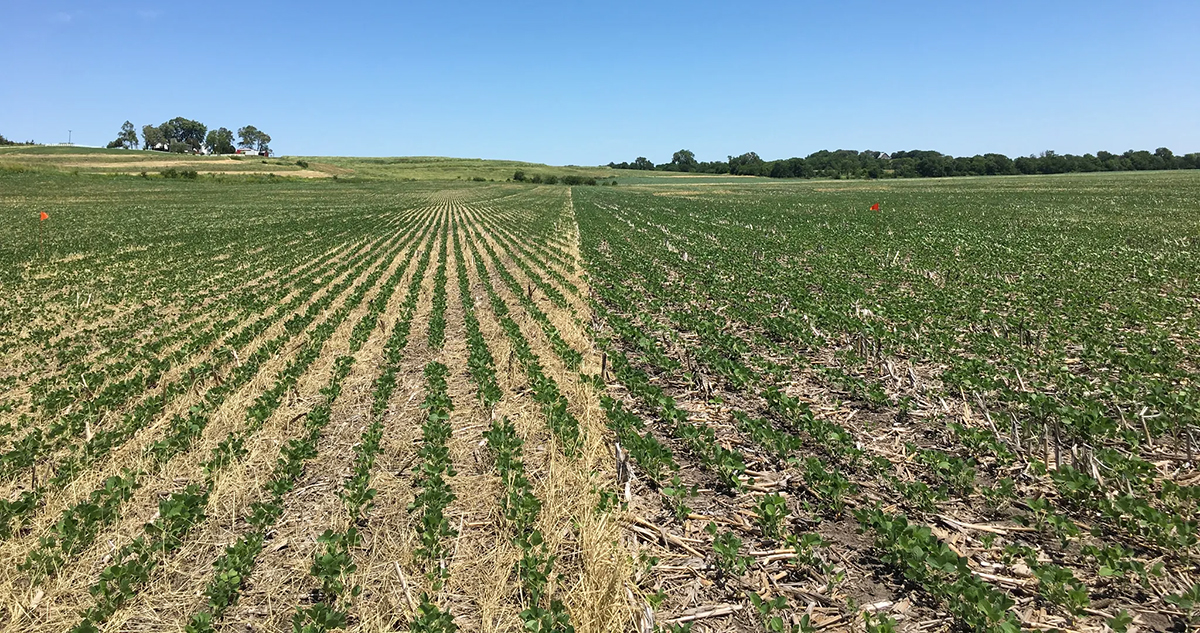
Winter cover crops are a promising conservation practice that can provide many environmental benefits when integrated with typical cash crops like corn and soybeans. However, the effects of winter cover crops are inconsistent, ranging from positive (e.g., increasing soil health and microbial diversity) to negative (e.g., “yield drag”). Most studies are conducted within five years of adopting winter cover crops, which could play an important role in these contrasting results.
Cereal rye is the most commonly used Midwest winter cover crop due to its accessibility and tolerance to cold. But more information on its long-term effects as a cover crop is needed. To address this need, scientists used a series of field studies ranging from 1 to 15 years after cereal rye adoption—a paired, chronosequence approach—to monitor several soil health parameters and cash crop yields. The results were mixed.
The researchers found that cereal rye planted between corn–soybean rotations increased microbial biomass just one year after adoption and increased soybean yields. However, after 15 years of cereal rye cover cropping, there were negative effects of the cover crop on soil compaction and corn yield. These results showcase the short-term benefits and long-term downsides to cereal rye as a cover crop, providing insight into the impact of long-term farm management on agricultural productivity and soil health.
Dig deeper
Dutter, C. R., McDaniel, M. D., Davis, M. P., Middleton, T. A., Gailans, S., & Carlson, S. (2025). Cover crops have positive and negative effects on soil properties and crop yield over a 15-year timespan. Soil Science Society of America Journal, 89, e70032. https://doi.org/10.1002/saj2.70032
Text © . The authors. CC BY-NC-ND 4.0. Except where otherwise noted, images are subject to copyright. Any reuse without express permission from the copyright owner is prohibited.




